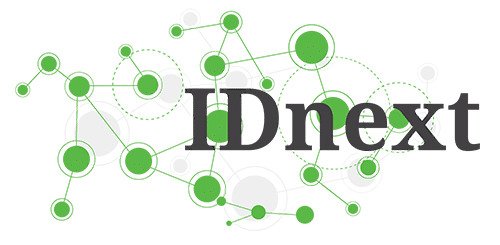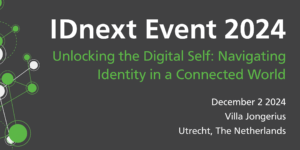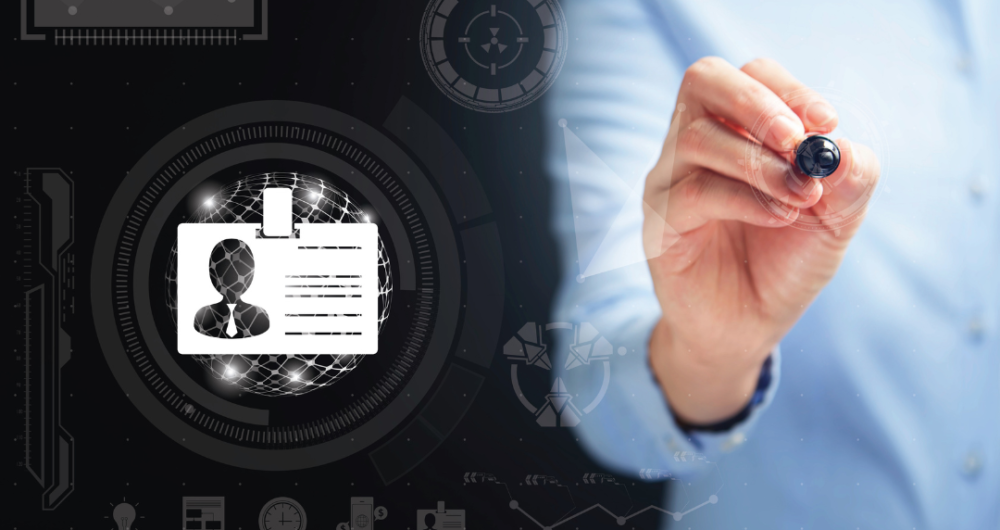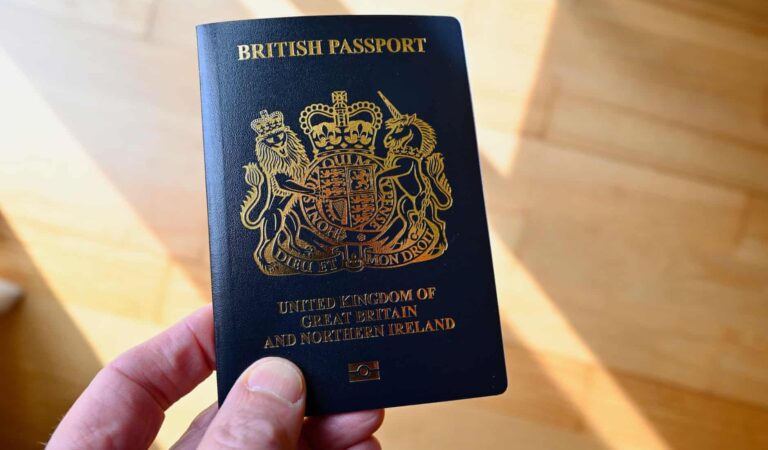Being able to prove you are who you say you are underpins access to a variety of essential services across the public and private sector. This can include reviewing your medical records, traveling abroad, running a business, or opening a bank account. Traditional identity verification involves physical proof of one’s identity, such as a birth certificate, driver’s licence, ID card, or passport, which are typically provided by trusted government sources and recognise important details like one’s name, birthdate, and place of birth.
As essential services have moved online, digital channels have emerged to handle identity verification processes and proofs and authentication of verified identity claims. Digital credentials and wallets, eID cards, and mobile ID applications provided by either public or private entities have all contributed to the evolution of the digital identity landscape. Despite these advancements, in many countries there remains often a lack of cross-sector collaboration, interoperability and poor-quality user experience. As more and more essential services are accessed online and across borders, improving the governance and implementation of digital identity systems in line with user needs becomes important.
You can read the full article here.







